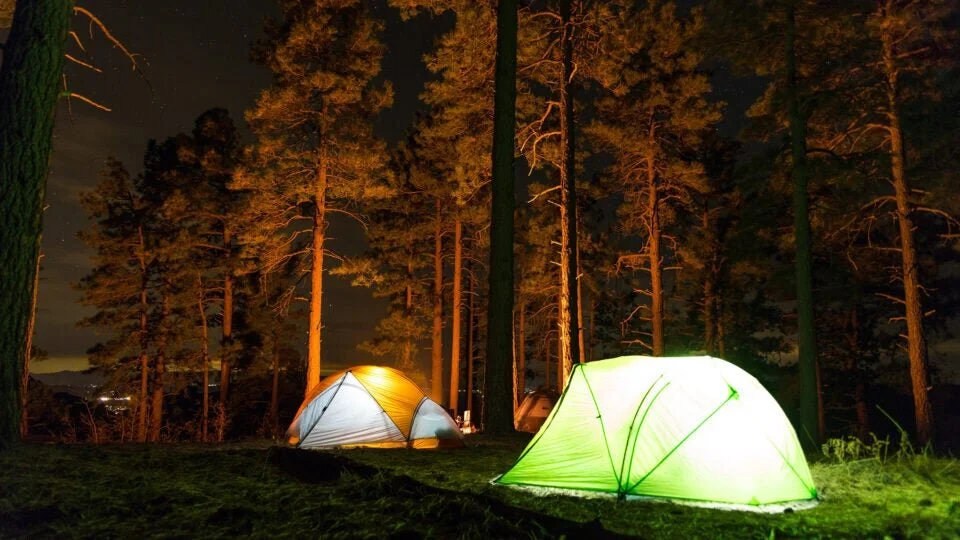Last summer, camper vans and RVs arrived en masse in the town of Mammoth Lakes, California, on the eastern slope of the Sierra Nevada. In the midst of the COVID-19 pandemic, many people were looking to get outdoors. But with campgrounds either closed or fully booked, many of those aspiring campers chose to pitch their tents or park their rigs outside of designated campgrounds, a growing trend known as dispersed camping. The problem was, they didn’t always know where they could legally camp.
“People were going out and parking anywhere,” says Lara Kaylor, communications director for Mammoth Lakes Tourism. “A lot of them were first-time campers, not necessarily aware of the things you’re supposed to do. We saw a lot of trash, as well as human and pet waste. It was disturbing to the community.”
In the U.S., you’re allowed to camp overnight on all public land managed by the Bureau of Land Management (BLM), as well as some U.S. Forest Service land, when permitted. But it’s not always easy to find those spots. Dispersed camping is more prevalent and popular in the western U.S., though there are public lands on the East Coast where it’s allowed, too.

